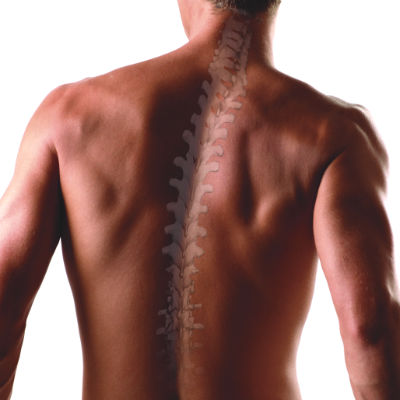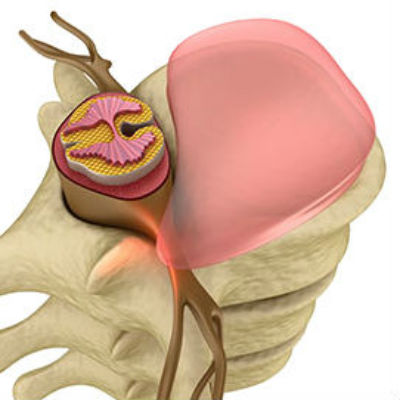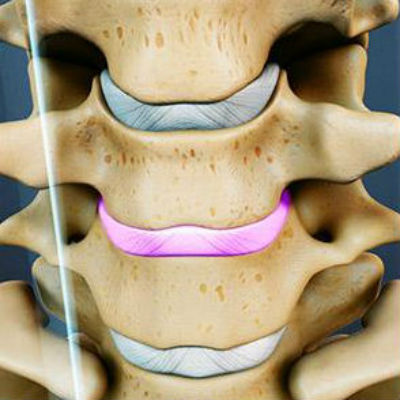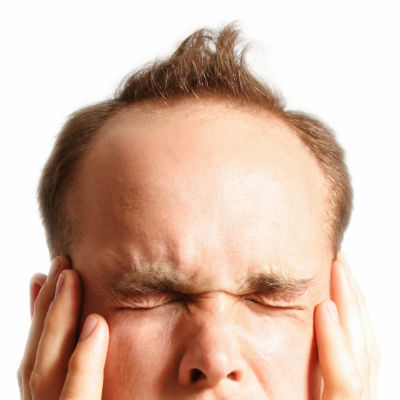conditions
What can we help you with?
neck pain
Today’s modern lifestyle is associated with poor work ergonomics, repetitive tasks, stress and not using the full range of motion of the joints. This can result in pain, discomfort and muscle tension in the neck, at the base of the skull and over the top of the shoulders. These problems can be associated with frequent headaches. Accidents, injuries and poor posture can further increase the stress and strain in the neck area. The body has a remarkable capacity to heal and to compensate for stress and injuries. However, should you start to experience neck pain, speak to your chiropractor to find out how you can best get out of pain and stay that way.


back pain
Almost everybody suffers with back pain at one time or another. Back pain may vary from slight niggling ache to sharp debilitating pain that can affect every part of the back and also radiate to other areas of the body. Some causes of back pain include bad posture, poor seating, unsupportive beds and pillows, incorrect lifting, sedentary lifestyle, stress (both physical and mental), trauma, sports injuries, pregnancy, “wear and tear” and so on. Your chiropractor will look for the source of your problem, treat the cause of pain and advise how to best keep it from recurring.
Headache & migraine
You might think headaches are normal because they are so common. They are not! Painkillers might give some relief, but they do not address the cause of problem. Migraines can be very debilitating and disturbing, sometimes with visual and hearing disturbances, sensitivity to light and sound, nausea, even vomiting. Dizzy spells can come on with migraines and headaches, but also on their own with no other associated symptoms. After your chiropractor has carefully diagnosed your condition, he can then give you recommendations for care.


pinched nerves
True pinched nerves are relatively rare. What is more common is the irritation a nerve by the abnormal function or loading of the spinal vertebrae, tightness of the surrounding muscles or disc problems. Irritation and compression can result in pain, muscle weakness, pins and needles, numbness, burning sensation or any combination of these symptoms. Once the location of nerve irritation has been identified, your chiropractor can then get on with the job of getting you out of pain and on the road to recovery.
Buttock & Leg Pain
Leg pain doesn’t always mean there is something wrong with the leg itself. Because of the way our nervous system functions, you may, for example, have pain in your foot when the problem actually lies in your lower back or in the buttock muscles. Your chiropractor will be able to identify whether the source of your problem is where you feel the pain (such as that with arthritic pain), or if it is radiating from another part of your body, and then treat you accordingly.


Disc problems
The intervertebral discs are the shock absorbers of the spine. Technically, discs cannot slip, because of the way they are attached to the vertebra above and below. However, they can bulge, herniate, collapse and even rupture. The physical changes of the disc can cause abnormal function of the joint resulting in local pain. The bulging disc can compress on the spinal cord or nerve roots and produce pain in an area distant from the site of the problem. Sciatic pain in the leg is a good example. Many patients have found remarkable help from chiropractic without painkillers and without surgery.
shoulder & arm pain
As with leg pain, also with arm pain the first and most important thing to do is to determine what is causing it. Your chiropractor has been trained to accurately diagnose the problem and treat accordingly. Whether the pain is arising from frozen shoulder, tennis elbow, repetitive strain injury or radiating from dysfunction in the neck, your chiropractor will explain to you the best course of action.


Muscle tension
Muscle tension is very common these days and it can vary from slight sense of tightness to agonising pain. If muscle tension is anything but transient, it can gradually start to affect the joints that those muscles control. This may result in abnormal functioning of the joint or misalignment of the bone. When the normal function of the joints is restored, soft tissues can relax, as they can once again function how they were meant to. In most cases spinal manipulative therapy together with specific stretches and exercises give excellent results and can also prevent problems from recurring.